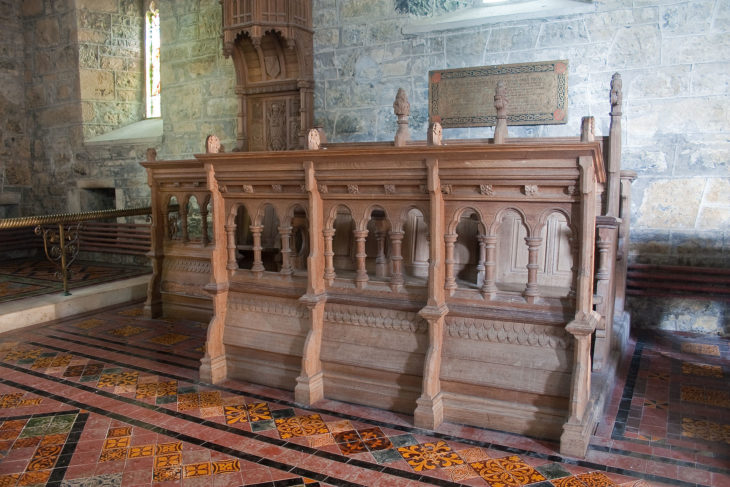Your Guide to Smoked Timber

When you want to achieve a truly stunning finish in any room of your home you can’t do much better than a solid hardwood floor. For centuries people have chosen timber as a flooring material for its durability, versatility and beauty with oak often being considered the premier choice.
But what about those days when you just want to get home, slip into your ruffled shirt and stick on a bit of Bauhaus or Siouxsie and the Banshees? For those of us with a truly dark and tortured soul, sometimes oak just won’t cut it – we need to go darker.
Sometimes more accurately known as fumed oak, smoked oak is created by exposing the timber to ammonia fumes which pull the tannin in the timber to the surface and darken it. Oak’s high tannin content means that it is generally the best choice for smoking as much darker tones can be achieved, but it is possible to smoke any timber. Sometimes in order to achieve darker tones a layer of liquid tannic acid can be applied to the surface helping to make the finished colour more intense, which can help in wood species that have lower tannin contents.
The longer the oak is exposed to the fumes the darker it becomes, so almost black tones can be achieved with a longer stay in the fuming chamber. The advantage of fuming the timber as opposed to staining is that the visibility of the grain is not affected and there is no chance of drips or running. However, the process of fuming is not entirely predictable and timber smoked in different batches often has dissimilar colouration.
Smoking oak can help to replicate the effects of age and as the timber wears the skin deep layer of smoked stuff can rub off, creating a beautiful rustic appearance which looks the part in any setting, whether a stark contemporary home or a characterful cottage.
Smoked timber as we know it today is the result of centuries of experimentation and, as with all great scientific innovations, was discovered entirely by accident. In the latter part of the nineteenth century it was noticed that the timbers in stable blocks tended to be darker directly above the stalls were horses had been. The reason for this was attributed to the ammonia fumes coming off the horses urine, which was floating up to the timbers above and causing widespread changes in colour. Stable boys, farriers and wandering drunks looking for somewhere to sleep had probably noticed this effect long before the 1800’s, but it took the enterprising minds of the arts and crafts movement to seize on the potential of the new technique, which sat comfortably with the movement’s ideals of craft and hand manufacture, as well as their gothic sensibilities.
So if you want to experience the deep, dark tones of smoked wood for yourself then strap on your New Rock boots, tighten your choker and set off into the mist shrouded, windswept and brooding uplands of the Essex borders to have a chat with one of our sales staff about what we can do for you. We promise we won’t laugh at your poetry.
Guides | 6 years AGO